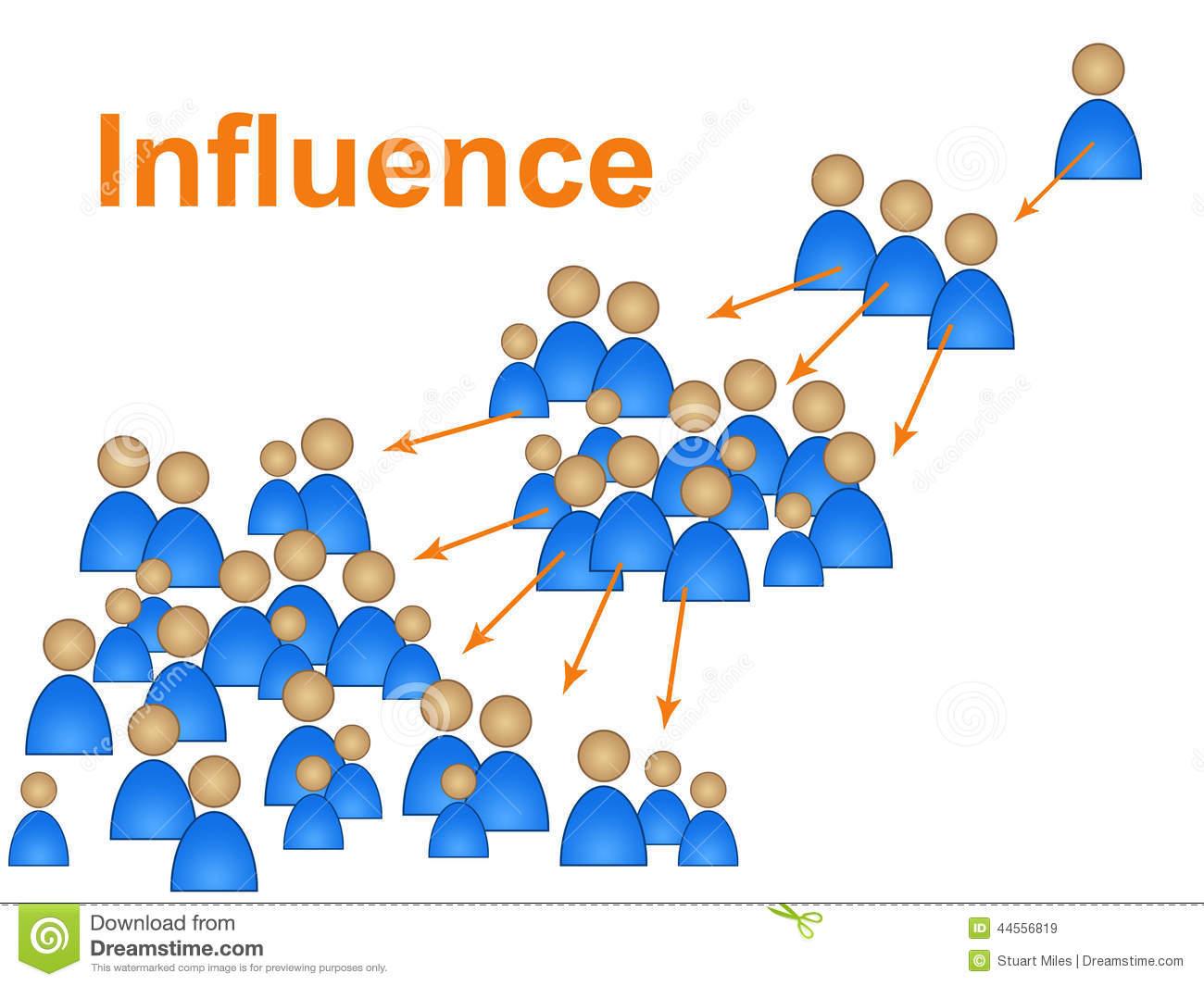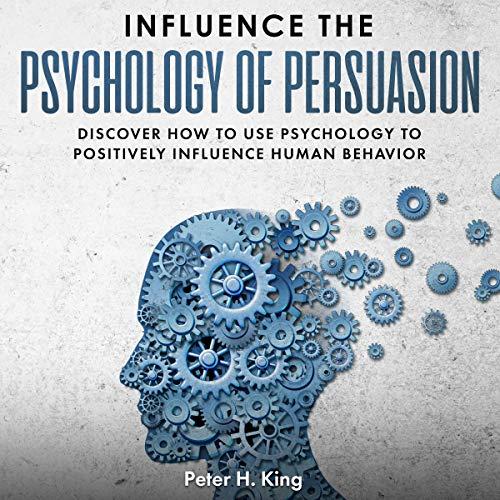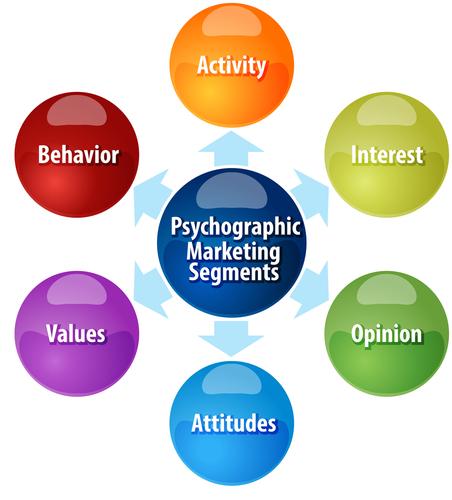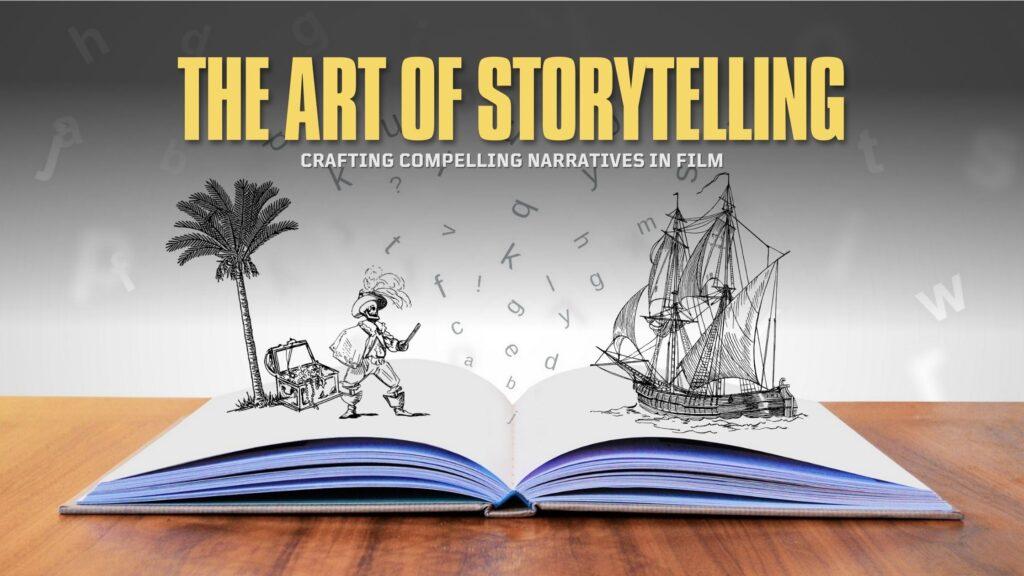
In an age defined by constant noise and competing narratives, the power of influence has never been more notable. Whether in politics, social movements, or corporate branding, the ability to craft compelling campaign messages can mean the difference between success and obscurity. “Mastering Influence: crafting Impactful Campaign Messages” delves into the art and science of message creation, exploring the nuances of persuasion and the psychology behind effective communication. This article will guide you through the essential elements of constructing messages that resonate, inspire, and ultimately drive action. With insights drawn from communication theory and real-world examples, we aim to equip you with the tools needed to navigate the complex landscape of influence, ensuring that your voice not only cuts through the din but leaves a lasting impact. Join us as we unravel the techniques that transform mere words into powerful catalysts for change.
Understanding the Psychology of Influence in Campaign Messaging
To craft messages that resonate deeply,it’s essential to delve into the intricacies of human psychology. Social proof, for example, plays a pivotal role in shaping perceptions and behaviors. When people observe others engaging with, supporting, or endorsing a campaign, they are more likely to follow suit.By illustrating testimonials, case studies, or endorsements from relatable figures, campaigns can create a bandwagon effect, encouraging broader participation. Additionally, leveraging authority can enhance credibility. When a message is backed by experts or well-known personalities, audiences are more inclined to accept and act on it, as they often desire guidance from those perceived as educated.
Another crucial aspect to consider is the emotional appeal embedded within the messaging. Emotions are powerful drivers of decision-making, and a well-crafted campaign can trigger feelings ranging from empathy to anger. By utilizing storytelling techniques,campaigns can forge an emotional connection,making the message not just a call to action,but a personal narrative with which audiences can identify. To effectively harness these psychological principles, consider the following key elements:
- Clarity: Ensure the message is clear and concise.
- Relevance: Tailor your message to resonate with the target audience’s values.
- call to Action: Include a strong and specific call to action that prompts immediate response.

Identifying Your Audiences Values and Motivations
Understanding what drives your audience is crucial to developing impactful campaign messages. To effectively connect with them, delve into their values and motivations. These elements often stem from a variety of sources, such as cultural background, personal experiences, and societal influences. By grasping these aspects, you can tailor your messages to resonate deeply with their beliefs and desires. Consider exploring the following aspects when mapping out your audience:
- Core Beliefs: What principles guide your audience’s decisions?
- Emotional Triggers: What feelings or experiences elicit strong reactions?
- Goals and Aspirations: What do they strive to achieve in their personal or professional lives?
- Barriers and Challenges: What obstacles do they face that your message can address?
To gain actionable insights, consider leveraging qualitative research methods such as interviews, surveys, or case studies. This approach can help you create a comprehensive profile of your typical audience member, allowing your campaigns to address their specific needs effectively. A structured table can also help summarize your findings, highlighting key motivations and values:
| Value | Motivation | Impact on decision-Making |
|---|---|---|
| Social Obligation | Desire to contribute positively to society | Prefer brands that support charitable causes |
| authenticity | Need for genuine connections | More likely to engage with obvious brands |
| Innovation | Interest in cutting-edge solutions | Attracted to brands that showcase forward-thinking |

Crafting Clear and Compelling Narratives for Maximum engagement
To create messages that resonate, it’s essential to tap into emotions and tell relatable stories. Engaging narratives can help your audience connect on a personal level, transforming abstract concepts into tangible experiences. Consider these key elements when crafting your story:
- Character Advancement: Introduce relatable characters to embody the core message.
- Tension and Resolution: Keep your audience engaged by building up a conflict and providing a satisfying resolution.
- Visual Language: Use vivid descriptions to paint an image in the reader’s mind.
- Call to action: End your narrative with a clear, actionable step for your audience to take.
to measure the effectiveness of your narratives and identify areas for enhancement, consider presenting them within a structured feedback table.This format allows for clear insights into what works and what doesn’t:
| Element | Feedback | Improvement Suggestions |
|---|---|---|
| Character Engagement | High | Introduce backstory for deeper connection |
| Tension Build-up | Moderate | Increase stakes for greater impact |
| Visual Descriptions | Low | Incorporate more sensory details |

Measuring Impact: Analyzing the Effectiveness of Your Campaign Messages
To truly understand the effectiveness of your campaign messages, it’s essential to employ a range of analytical techniques that can illuminate what resonates with your audience. Start by defining clear, measurable objectives at the outset; this allows for precise evaluation. consider the following methods:
- Surveys and Feedback Forms: Gather direct responses from your audience about their perception of your message.
- Engagement Metrics: Analyze likes, shares, comments, and other interaction data across various platforms to assess audience engagement.
- A/B Testing: experiment with variations of your messages to see which format yields the best results.
Once you’ve gathered data, create visual reports that highlight the effectiveness of different messages. Using tables can definitely help you compare metrics side by side, making it easier to draw conclusions. As an example, a simple summary table could reinforce the changes in engagement before and after your campaign launch:
| Message Version | Engagement Rate (%) | Conversion Rate (%) |
|---|---|---|
| Original Message | 15% | 3% |
| Revised Message | 30% | 6% |
This structured analysis not only informs future messaging strategies but also ensures that your campaign continually evolves to meet audience needs, driving greater impact over time.
In Retrospect
as we close this exploration into the art of crafting impactful campaign messages, it becomes clear that mastering influence is both an intricate skill and a powerful tool. By understanding the nuances of your audience, honing your storytelling abilities, and utilizing strategic channels, you can elevate your message from mere words to a compelling call to action.
Remember, effective communication is not just about relaying facts; it’s about forging connections, inspiring trust, and igniting passion. As you embark on your journey to influence, keep in mind that every campaign is an opportunity to not only convey your message but also to resonate deeply with those you wish to reach.
In an ever-evolving landscape of ideas and opinions, let your message stand out as a beacon of clarity and purpose. With intentionality and creativity, you have the ability to not only inform but also transform. Embrace this challenge—after all, the power of influence lies in your hands, waiting to be unleashed.